Four racial bias incidents were reported on St. Joe’s campus since January 2019, reflecting the nationwide trend of an uptick in racial bias incidents and hate crimes on U.S. college campuses.
More than 7,000 hate crimes were reported nationally in 2017, according to the FBI, which has the most recent national data available. Racial and ethnic prejudice were cited as the motivation for most of the hate crimes in 2017. African-Americans were the targets for half of the crimes reported.
The current political climate could be influencing the rates of bias incidents on college campuses, said Chad Dion Lassiter, executive director of the Pennsylvania Human Resources Commission (PHRC), an organization that enforces state laws that prohibit discrimination.
“We find ourselves where one of the most esteemed offices of the land, which is that of the presidency, has a person who promotes xenophobia, homophobia, sympathizes with facists, white nationalists as well as does not come out and condemn domestic terrorism or white supremacy,” Lassiter said. “College campuses are actually a microcosm of the larger society.”
Brian Yates, Ph.D., associate professor of history, said he also believes bias incidents are impacted by the current presidential administration, reflecting the fundamental fears of some Americans.
“I think the two have a common root,” Yates said. “And the root here is that this country has created a privileged white population to a very large degree and people are afraid that this privilege is going to end.”
Predominantly white institutions (PWIs) experienced bias incidents at a higher rate than non-PWIs, according to a 2019 report on the uncivil hate and bias incidents on campus survey sponsored by The Fund for Leadership, Equity, Access and Diversity (LEAD Fund), an organization committed to promoting diversity in education through research,
Lassiter said as a PWI, St. Joe’s has to examine white culture on campus.
“At this Jesuit institution, what is going on with whiteness in this racially charged and emboldened era?,” Lassiter said. “These attacks are on black people. We don’t want the attacks on anyone, but is it about the fact that by 2045, whites are going to be a minority?”
Anna Aldrich is editor in chief of The Daily Campus, the student newspaper at the University of Connecticut (UConn), which has been covering a bias incident involving white students who shouted the n-word in the parking lot of a university apartment complex. UConn is also a PWI.
Aldrich said when covering racism on campus, it is necessary to think about how the majority of students haven’t personally experienced discrimination.
“I think the main dialogue about this is that this is not a single experience,” Aldrich said. “This is a pattern, and this is a reality for a lot of students here. I think that there needs to be a lot more thought put into how we respond to something because a white person who’s responding to a racially biased incident, it’s not going to have the same type of emotion or experiences that go into inquiring that response, that a person of color would.”
Lassiter said it is the responsibility of a PWI to address micro-aggressions on campus in order to promote diversity.
“What college campuses can do moving forward is engage in greater protective factors by holding race dialogue, having those conversations, putting those racial elephants in the room,” Lassiter said.
Specifically, the PHRC reached out to St. Joe’s after a bias incident during the 2018 fall semester to advise on best practices regarding bias incidents, according to Lassiter.
After the second meeting about three weeks ago, St. Joe’s administrators and PHRC representatives decided to organize a conference with five other Philadelphia schools—the University of Pennsylvania, Temple University, La Salle University, Villanova University and Drexel University—to discuss how to effectively handle bias incidents on college campuses.
“From there we would have a discussion to put into play some real tangible ways we can learn from best practices on how each university is dealing with some of these challenges on their respective college campuses,” Lassiter said.
Steven Bradley ’20, co-president of the Black Student Union, said the administration needs to change the way it approaches these incidents.
“Sending out emails is no longer acceptable,” Bradley said. “You have to come up with another strategy. You have to come out and put your face out there and make it more of a physical presence.”
Bradley added that students need to be vocal about diversity on campus, regardless of the administration’s actions.
“Don’t be afraid,” Bradley said. “If you need people to look out for you, I will gladly speak up for anybody. I’m sure that there are other people who would be willing to do the same.”

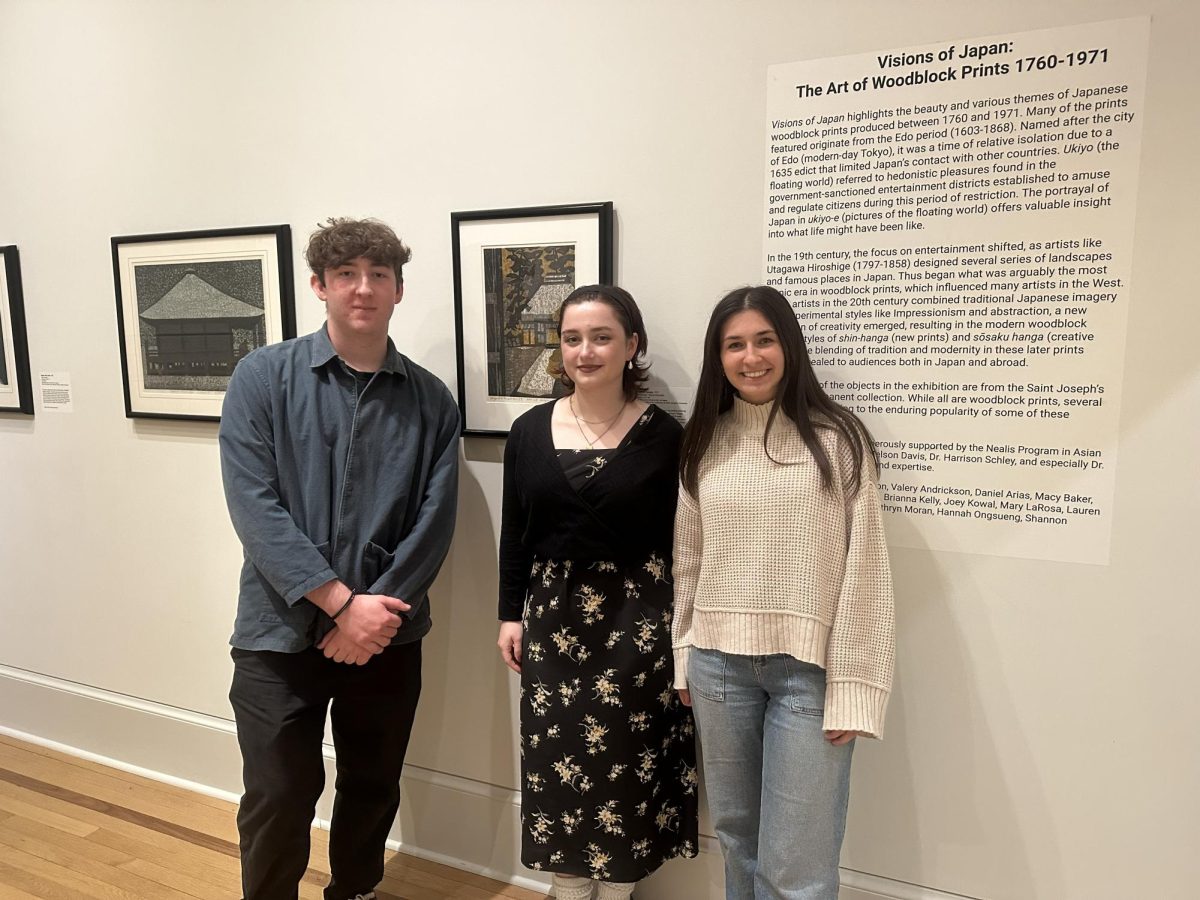
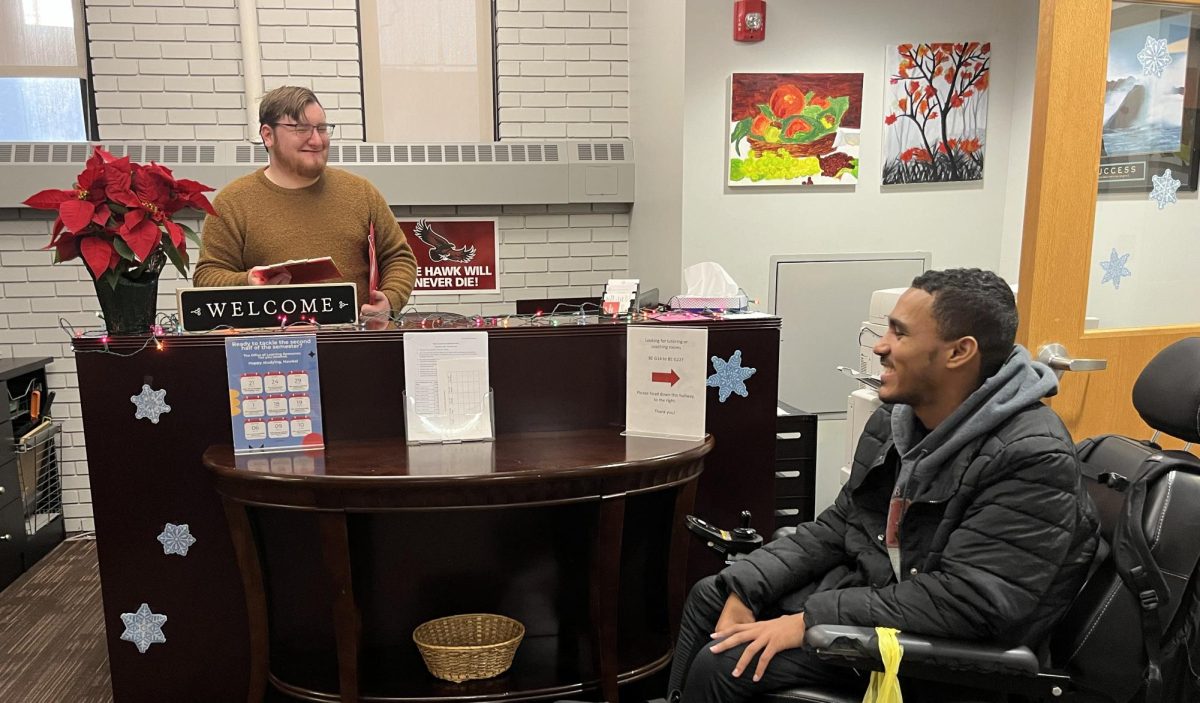
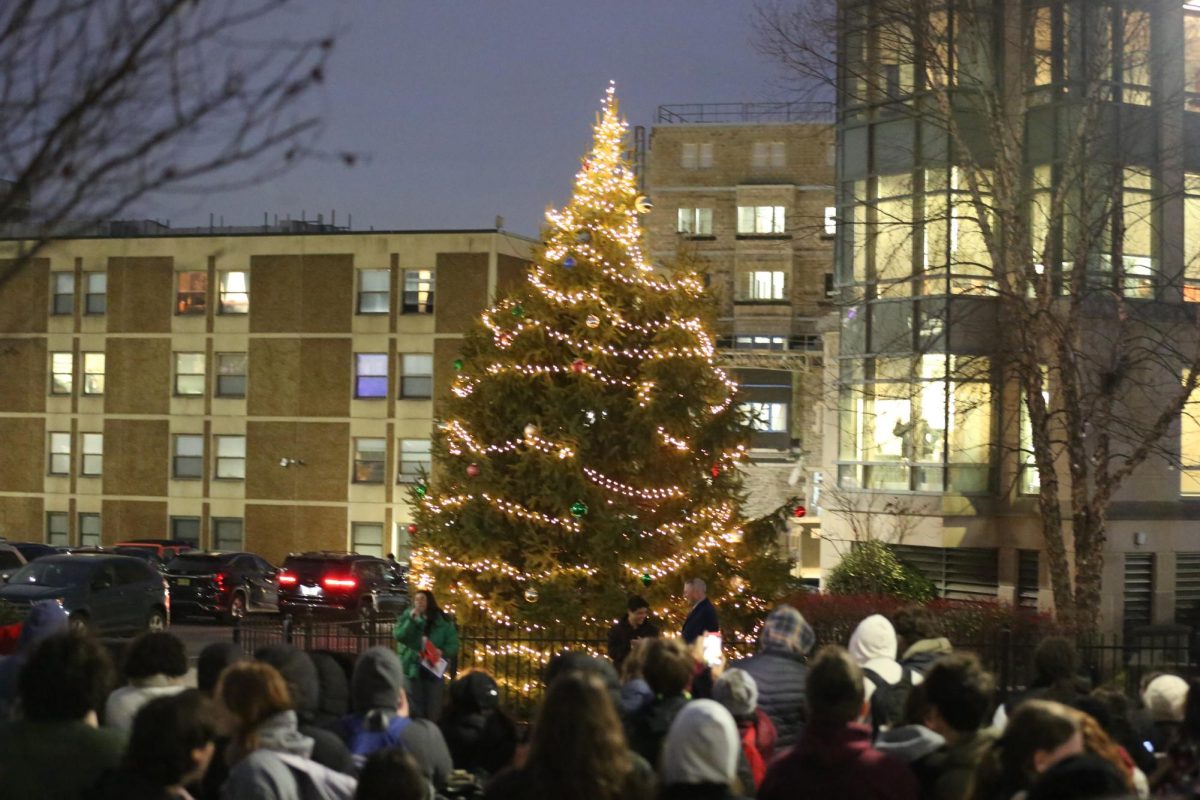
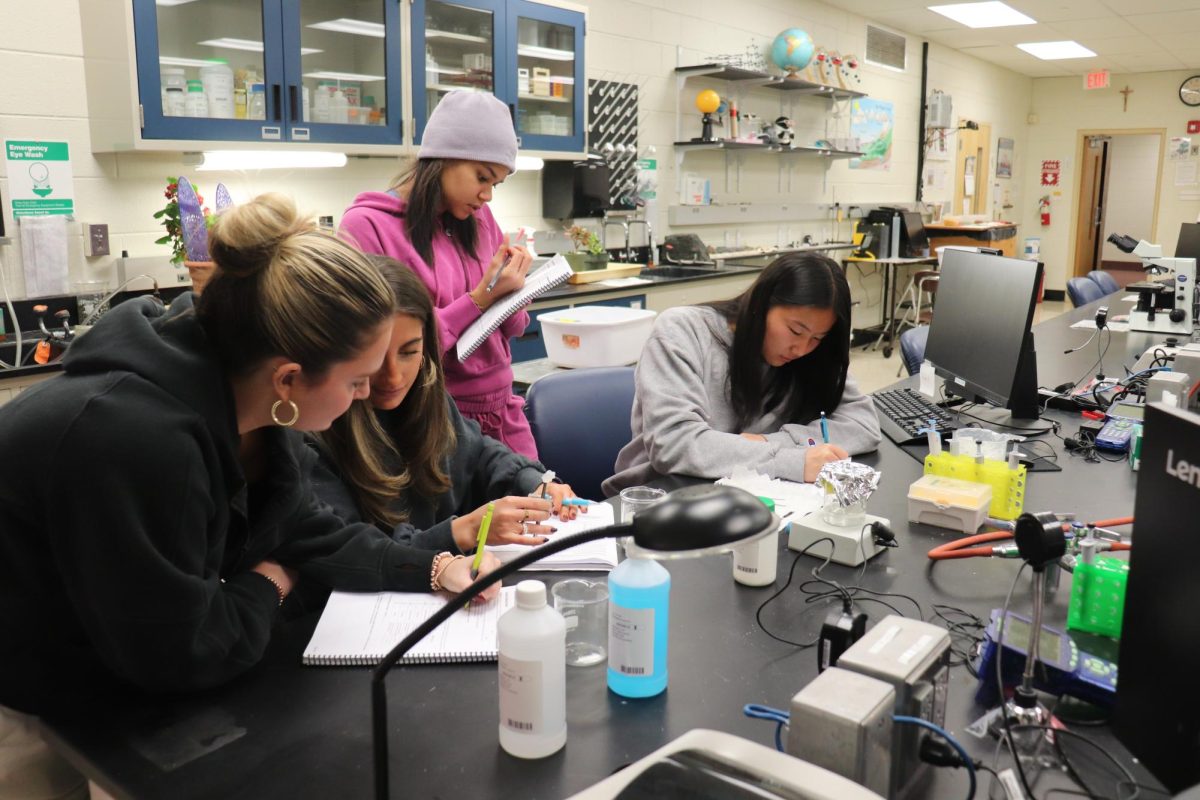
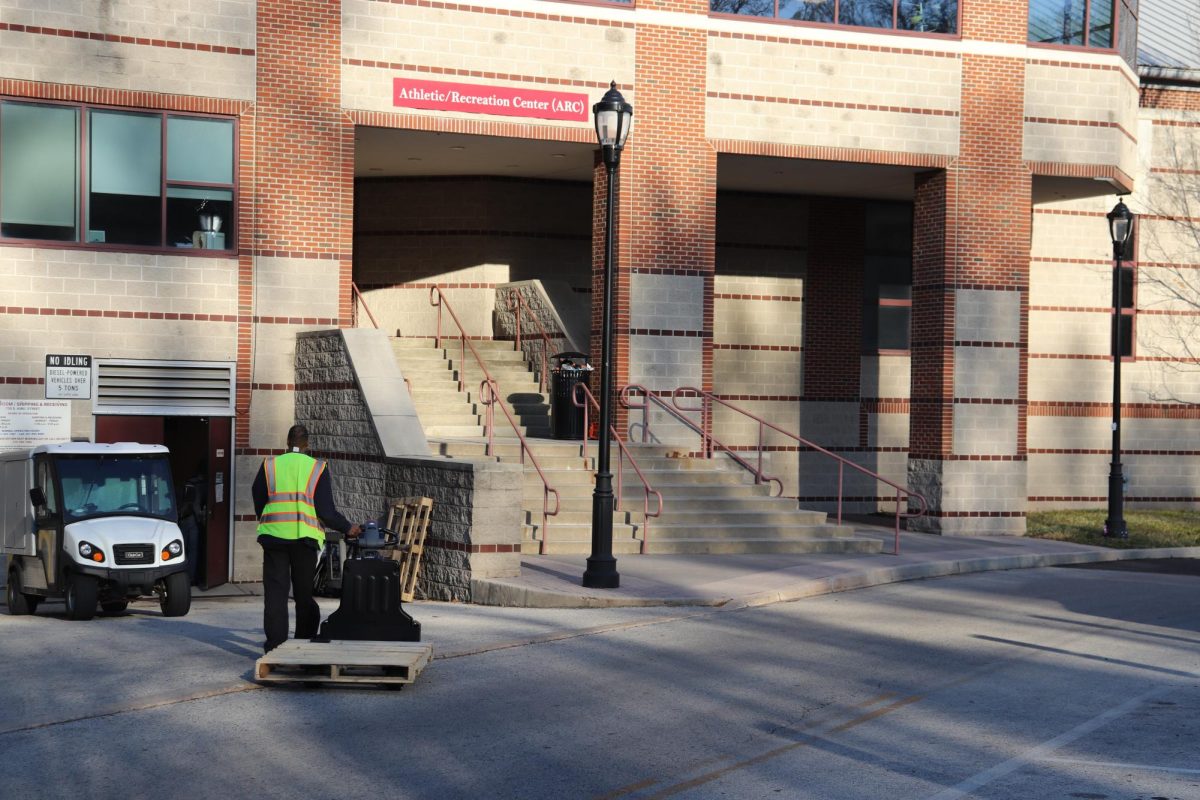

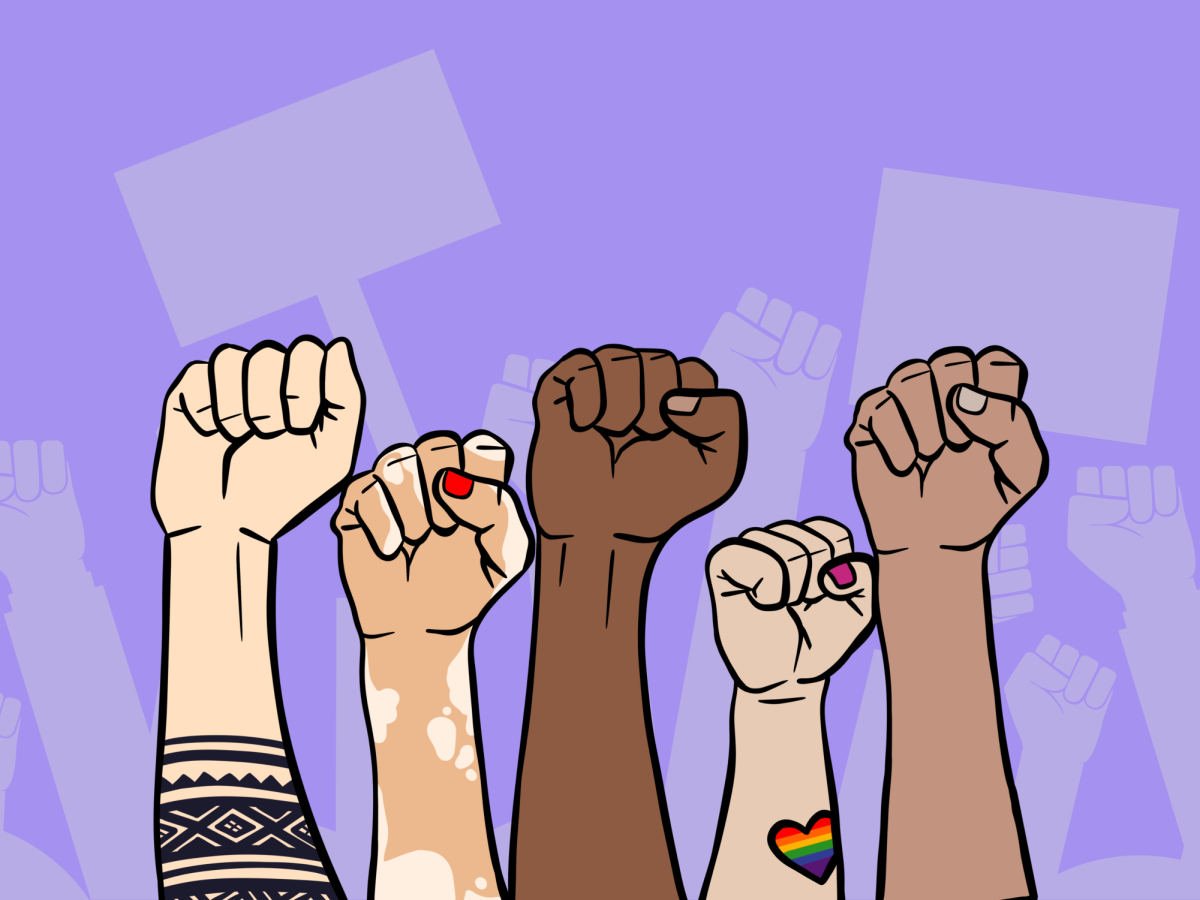

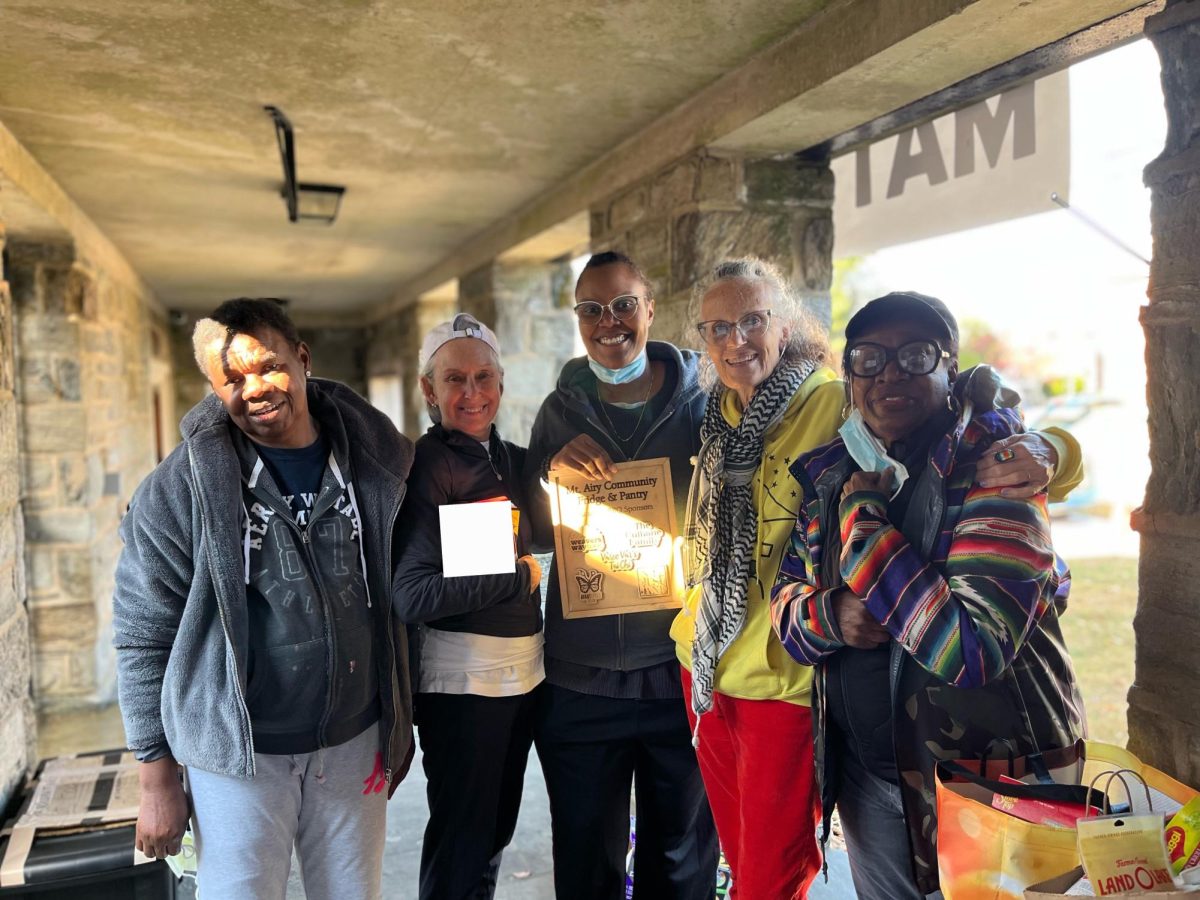
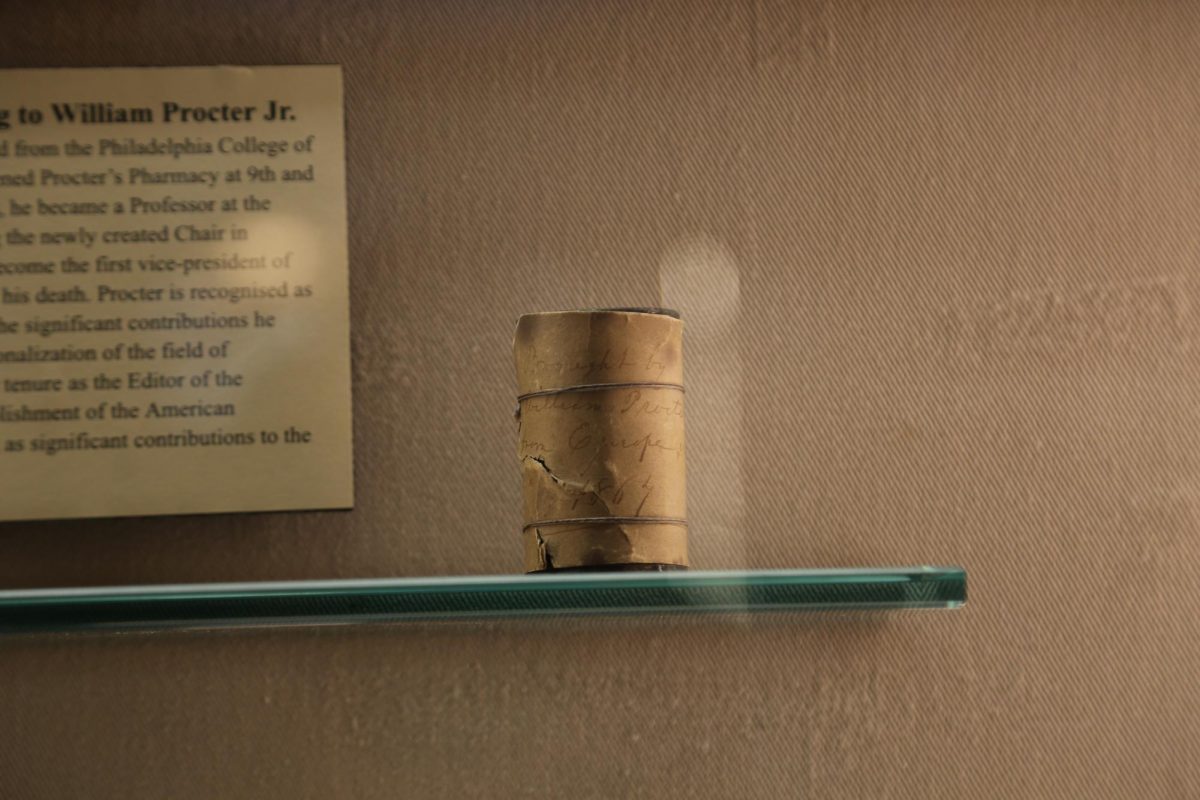



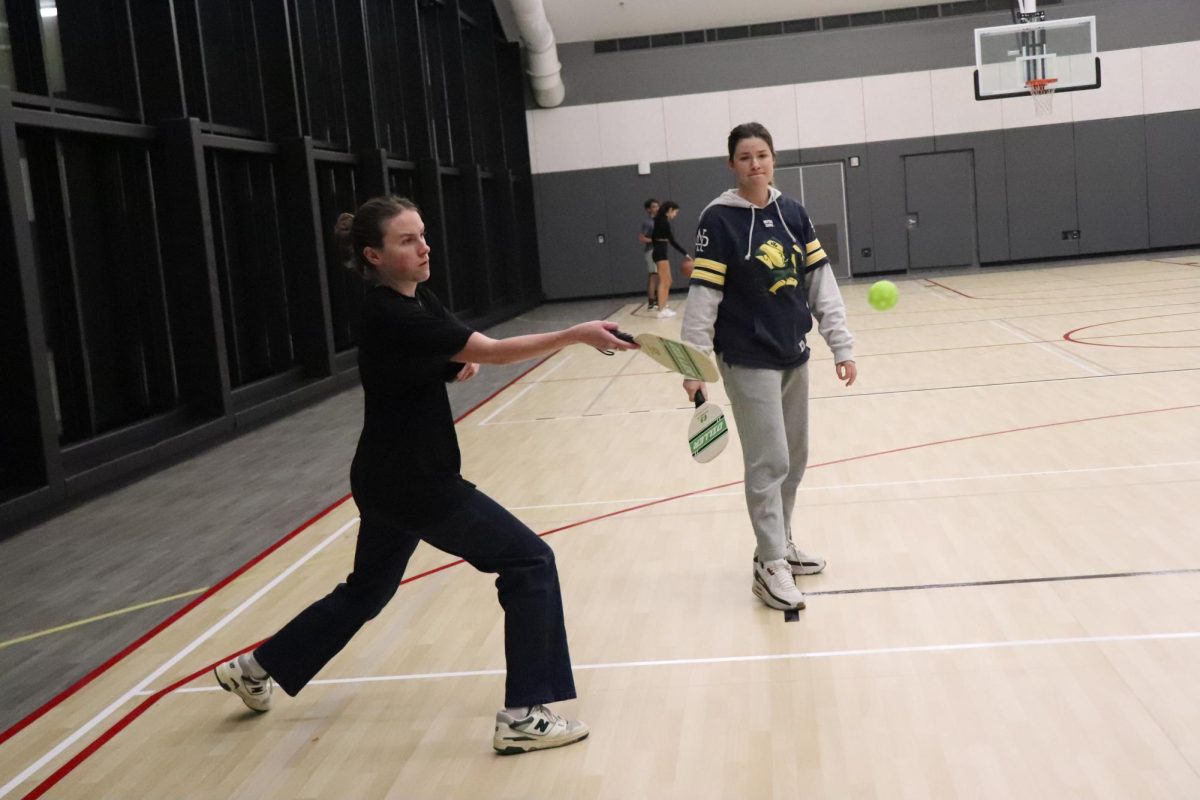
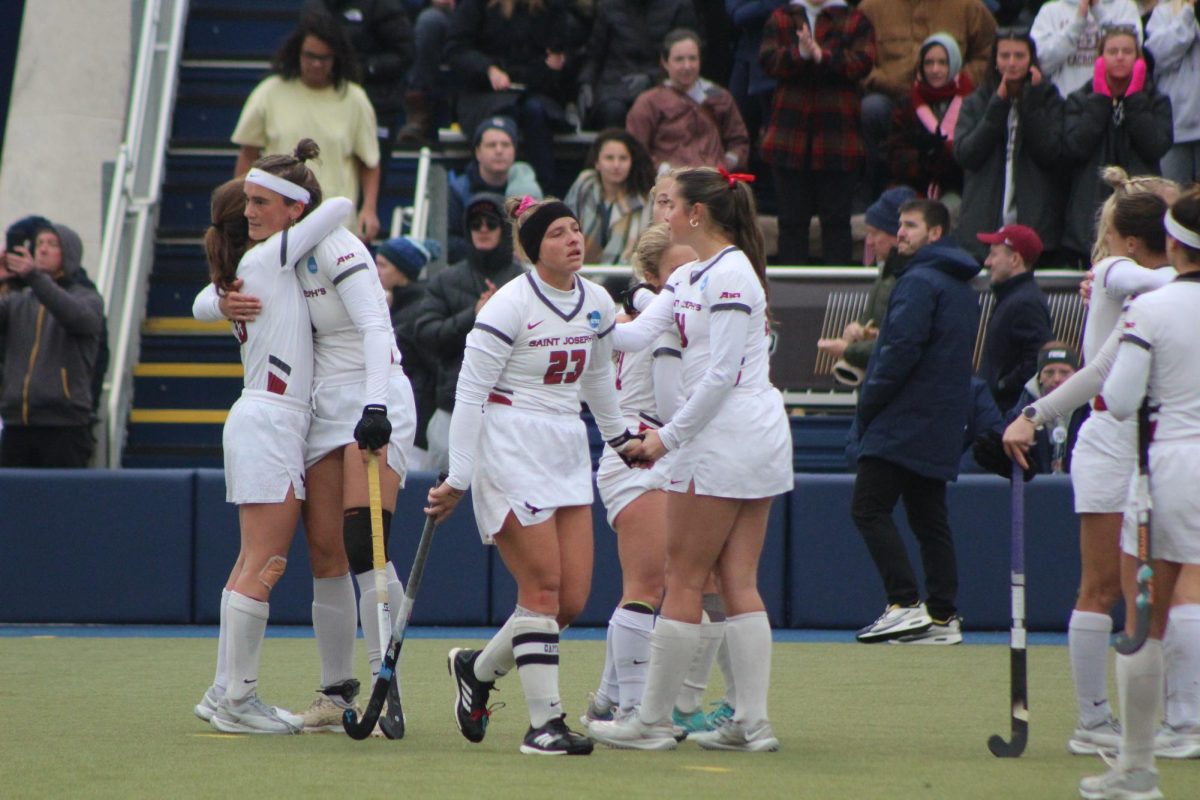
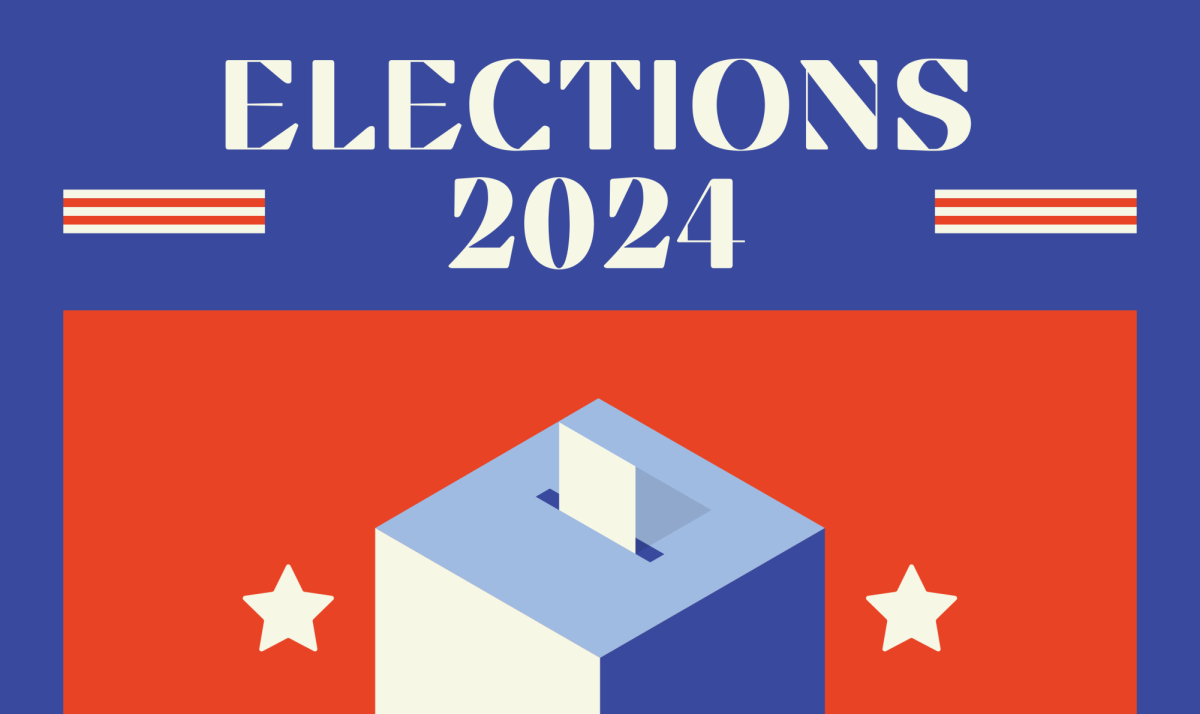
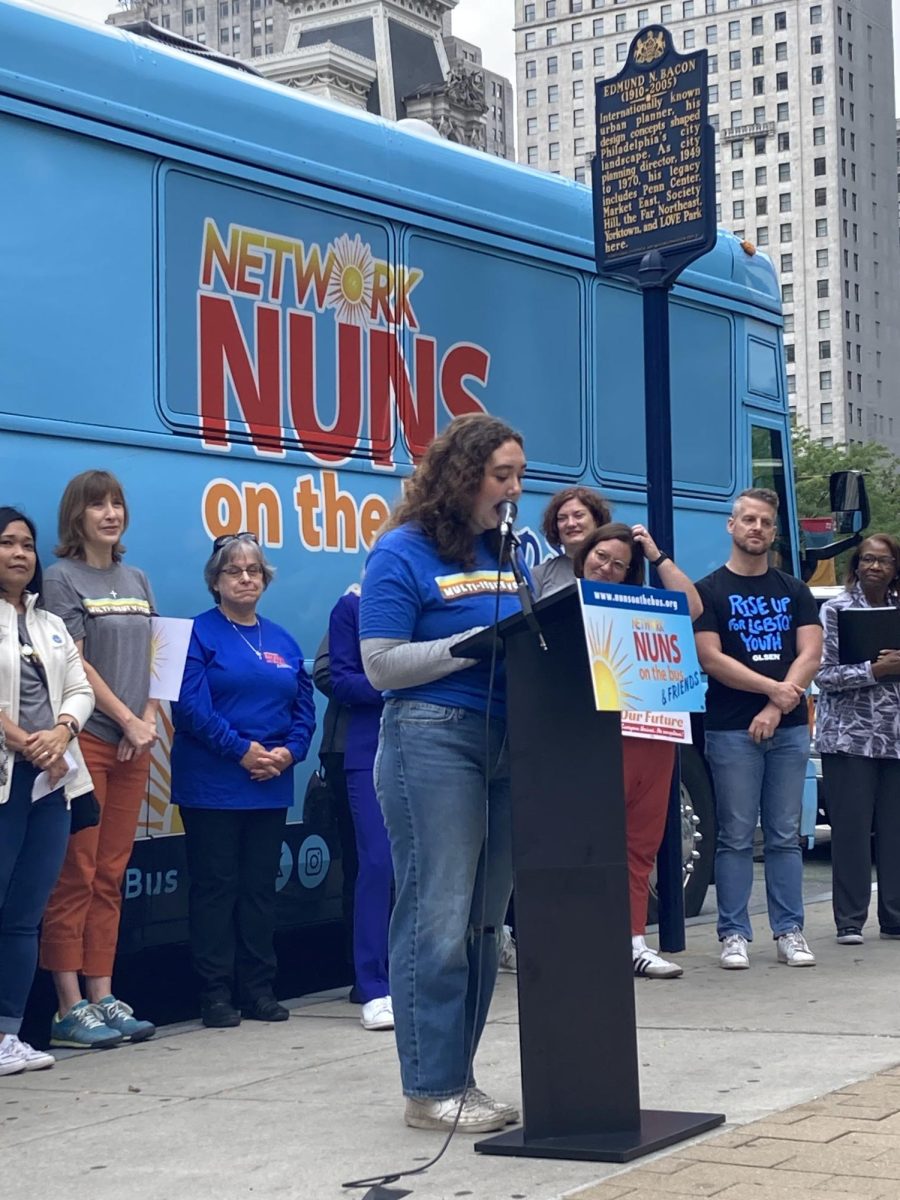




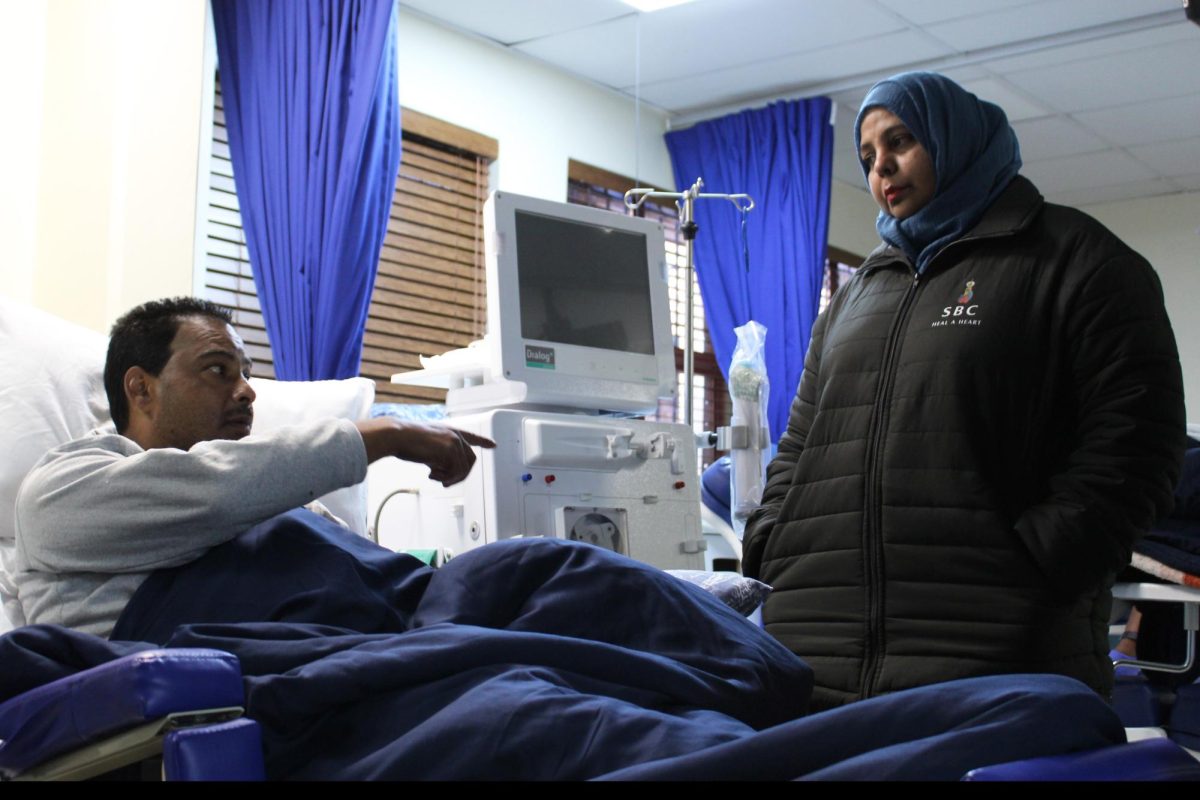
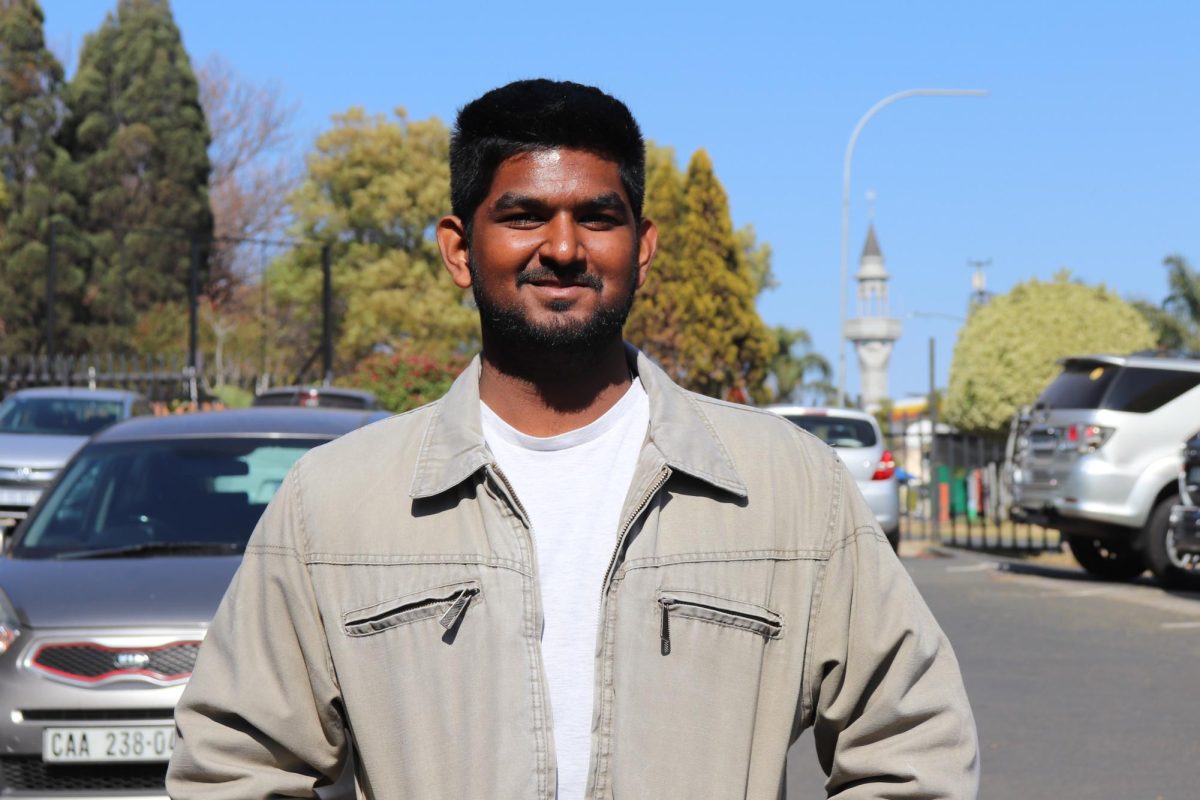
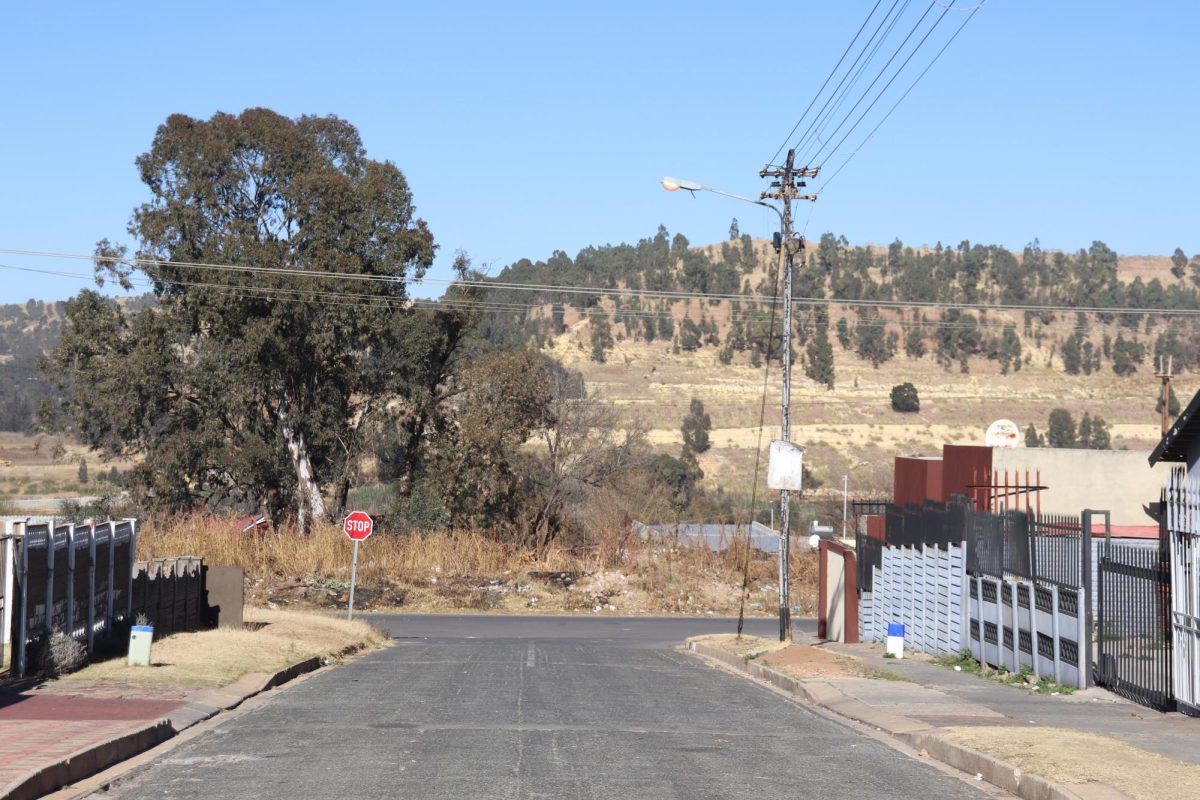
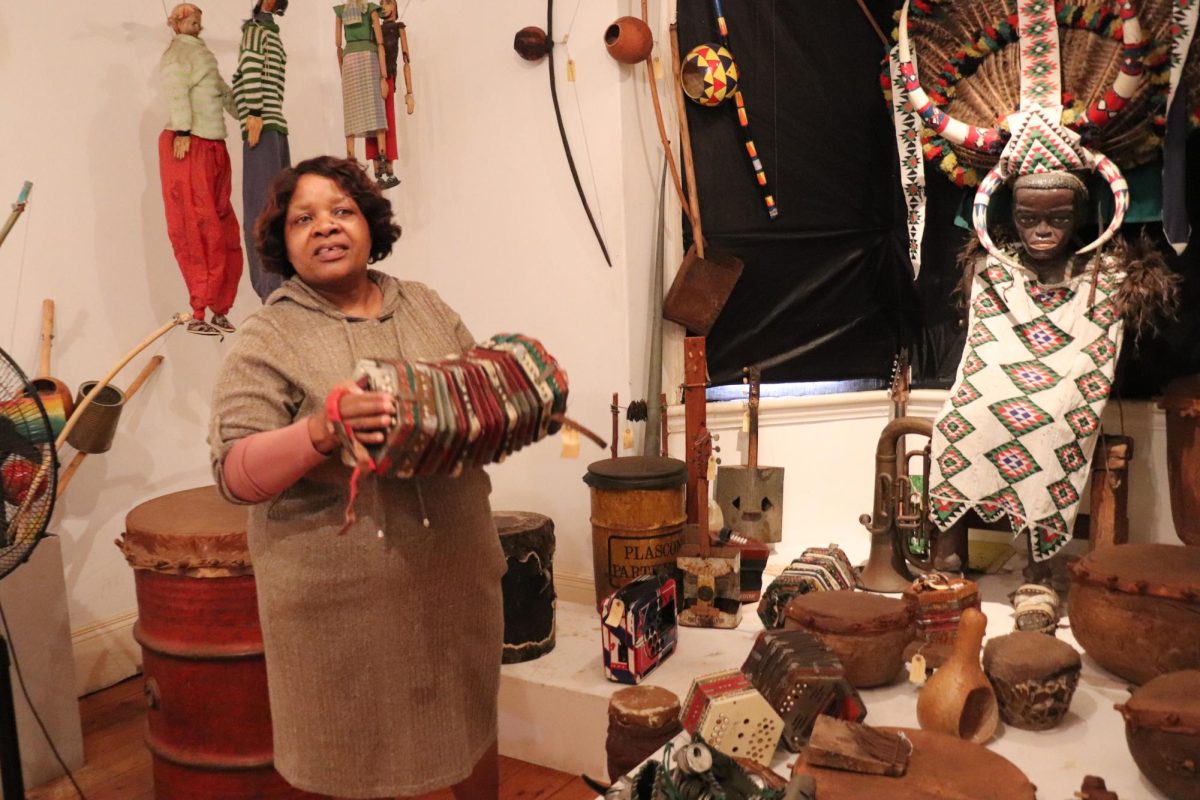








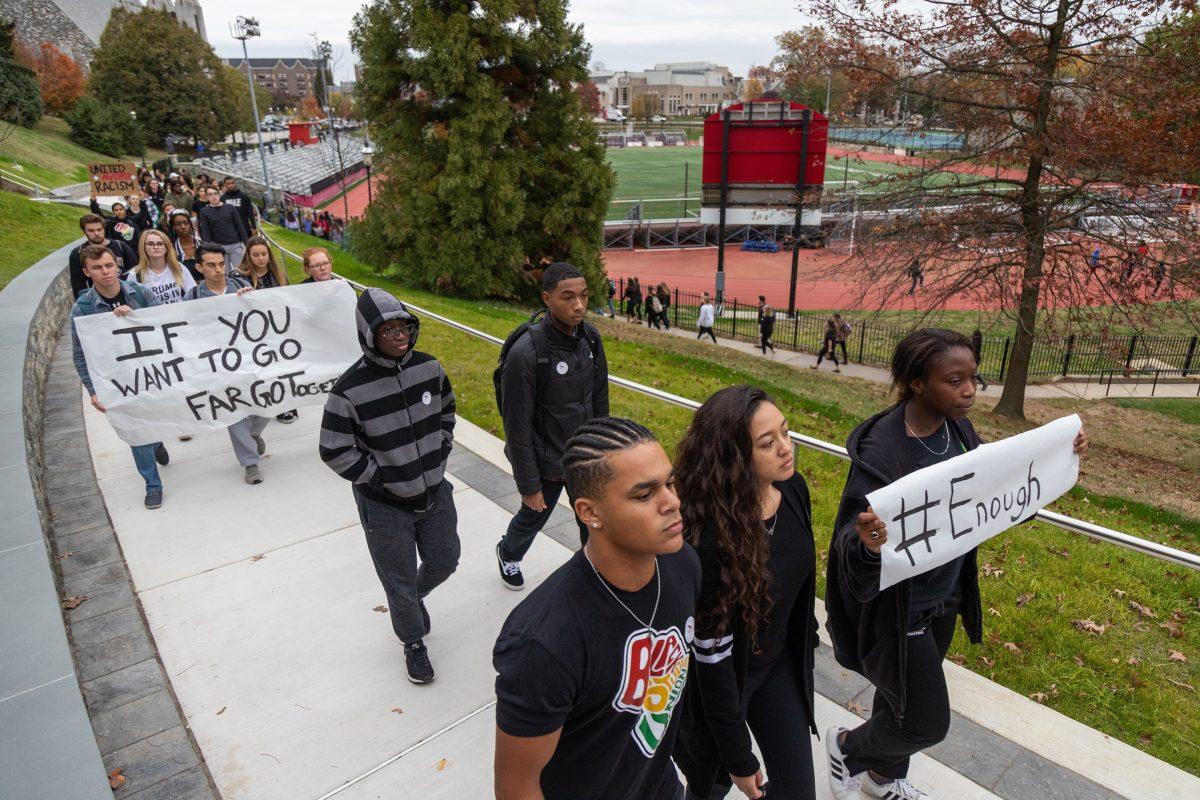

Jonas Pell • Oct 31, 2019 at 10:46 am
The only trend your phony hypocritical system reflects is an uptick in fake racial incidents prompted by your system because the scumbags who created that system need these so-called racial incidents to justify their useless jobs.